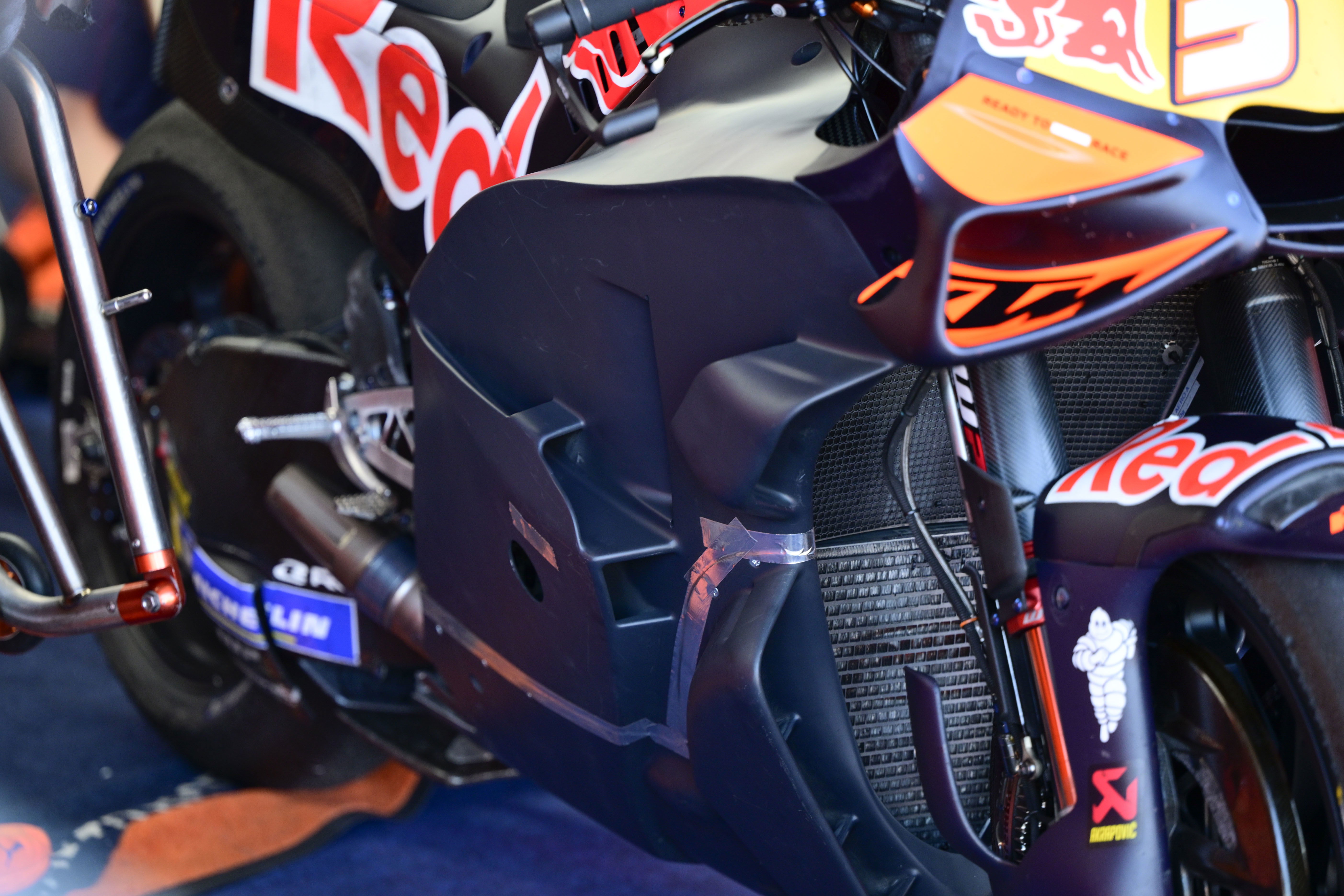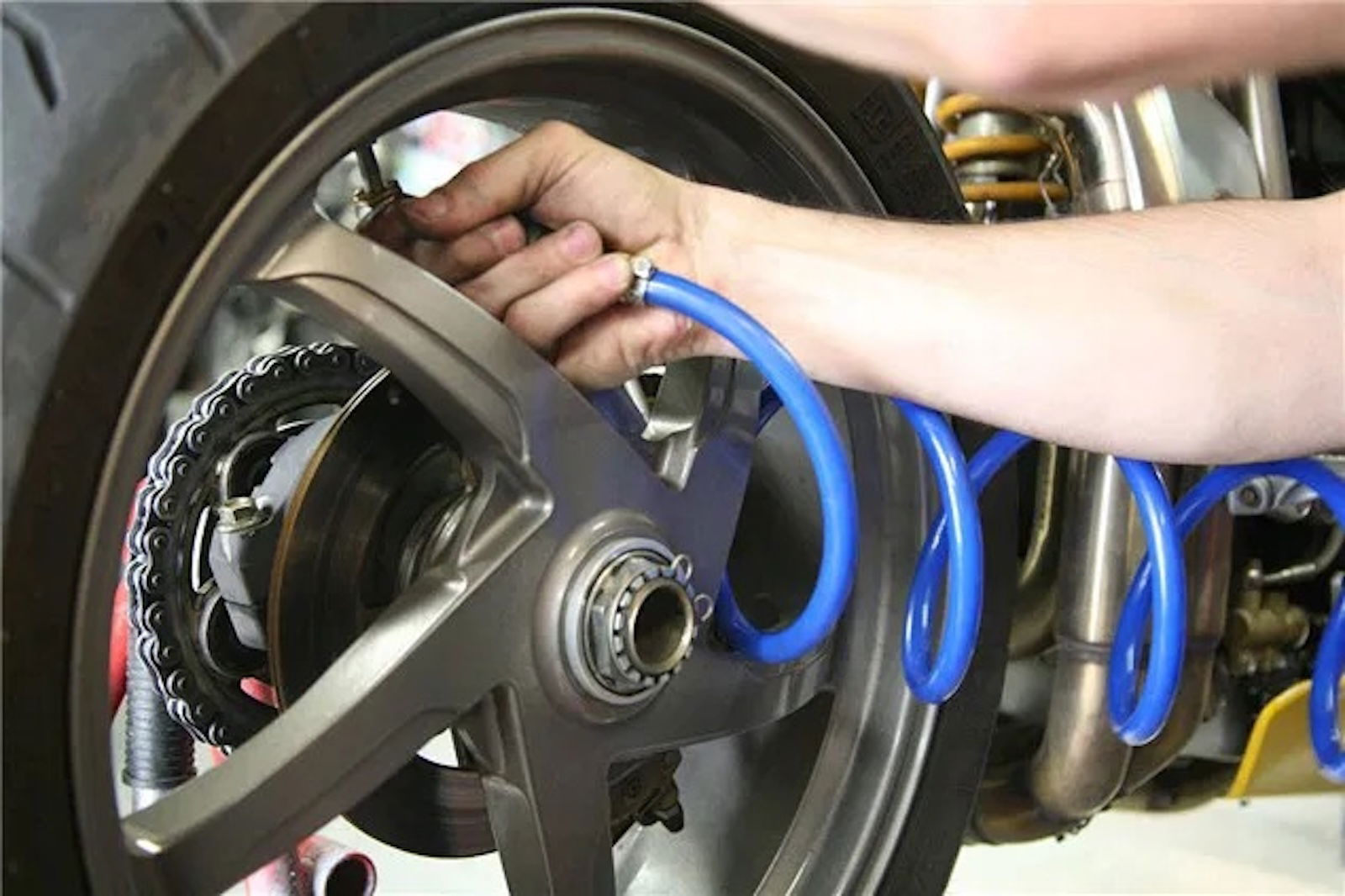Enduro India - What's it all about?
After five successful years, is Enduro India finally getting a case of Delhi belly or is it still vindaloo strength?


It’s probably true to say that most riders have heard about Enduro India these days. The Bath-based company have the highest profile of any adventure travel operation in this country and not immodestly claim to deliver ‘the Adventure of a lifetime’. Being big and bold in your advertising campaign doesn’t necessarily make you the best, but many thousands of paying customers have been on their trips made famous by the traffic chaos and Royal Enfield Bullet and nearly all of them speak highly of their experiences. So just what is it about chugging around India (a country that is as foreign as it gets) on prehistoric motorbikes that gets people frothing with excitement?
Make no mistake about it – you have to really want to do this. It costs a great deal of money, five grand at the last count, and you stand to lose half that amount if you can’t make the plane on the day. And there are far cheaper ways of seeing India on a bike; a flight to Delhi will sting you around £500 and to rent a Bullet for a week will be considerably less than that. But Enduro comes with a massive dollop of organisation and back-up that is second to none. People like, no need, that kind of insurance on an undertaking as big as this. And then there’s the cameradarie, as a group of 100 total strangers face a punishing event that brings them all together in a rousing finale. The focus is on not only completing the adventure, but also handing over a considerable quantity of cash at the end of it to established charities. £228,000 was shared between four such charities after the 2008 Enduro India event, a huge lump of money in anyone’s terms.
10 years have passed since my first visit to India and just over 60 years since it celebrated independence from the British. Times have changed considerably for this ancient and exotic nation that has embraced the epoch of information technology, along with a competitive spirit to out-grow their northern neighbours, and seemingly, India is firmly in control of its destiny. But during the Enduro, I would soon discover how little of an effect ‘new India’ has had on its masses.
The Royal Enfield, besieged by low-cost locally built Japanese alternatives, is still holding its own as the quality brand to be seen on, and being seen would prove to be somewhat unavoidable throughout this head-turning fancy-dress procession. If any of its inhabitants had ever seen Mad Max, we would all be in the shit. Turning heads is a dead cert with such an unusual congregation - dressed largely in a mixture of garish body armour and motocross apparel - thundering through villages like a band of futuristic murderous Vikings. Screeching to a halt, consuming every coconut in sight, shaking a few hands and roaring off again.
From the groovy ex-Portugese resort colony of Goa to beautiful Kottayam in the Kerala backwaters, 90 like-minded riders had embraced the notion of 2,000 kilometres of dust and grime, poverty and beauty, spirituality and danger as a rather alluring alternative to a couple of weeks getting pampered and fat in a soul-less resort. You can’t pigeon-hole the people who ride this event; from ex-racers to businessmen and yes, the odd hairy biker, it’s an eclectic mix of riders at the best of times.
The first day is a steady 100 mile introduction from Anjuna to Palolem to familiarise ourselves with our transport and the Indian way of motoring. Our bikes belong in old black and white movies. Wall Of Death specification drum brakes, Bakelite tyres and spacehopper suspension combined with a right-hand gear change that offers as many false ratios as real ones. There is a second lever to assist in selecting the one neutral that you actually want.
Fortunately Indians drive on the left side of the road, not that keeping to the correct side comes with much compensation as there is normally someone or something coming towards you head-on. You soon learn that the only workable system is one based on vehicle size and enthusiastic use of the horn. ‘Might is Right’ forms the content of the Highway Code in India. The more you sound your horn, or the louder your horn, the more serious you are about making your move. This ruling is combined with sizing principles. Excluding the cow (which has ultimate right of way), a bus has more authority than a medium sized truck, which masters the car, which has the upper hand over the motorised rickshaw, which terrorises the motorcycle, the bicycle, pedestrian. Learn quickly and have sharp reflexes, as it’s not uncommon to approach a bend to discover two over-loaded racing buses coming towards you at once. Once mastered, you can sit back and enjoy the ride.
By day three, most have mastered the Enfield. We hover between 40-50mph as any faster would threaten the rider’s dignity and livelihood. From Shimoga to Silent Valley opens the eye to increased greenery, and not a hippy in sight. Every sense approaches overload as we inhale the smells, sights and sounds of our surroundings. It soon becomes apparent that India is crammed with industrious and resourceful people. Villages and towns are full of folk going about their business. Mostly women, it’s true. In the countryside, men have realised that women are best sent out to work while they relax during the day, an excellent social climate. In between villages are roadside stalls selling tea, coconut and sugarcane juice and mobile phone accessories, squeezing a living from the land and its visitors.
Wherever you go there are people (not surprising given that there’s 1.2 billion of them in India) who are bemused, intrigued or full of questions. They are smiling, wanting to shake hands, asking your name and destination and wishing good luck. Don’t mention cricket I soon learnt, or escape is impossible. Kids line the street to wave and cheer us on – this must be the happiest place on earth. The vast majority are untouched by the economic growth around them and are still very poor – living on less than £1 per day - and yet very rarely do we see anyone with their hand held out expecting charity. The humbling nature of this experience is a well-documented part of the Enduro experience and doubtless the reason so many people return a second time. The smile is the key here. Remove motocross helmet and mirror-lensed goggles, bare teeth in a non-aggressive fashion and any concerns or barriers among the pedestrians are broken down in an instant.
A changing India means that roads are far better than on my last visit. The hustle and bustle of the carriageways is full-on, but tempered by fresh tarmac on the highway sections it gives the opportunity to enjoy the ever-improving scenery in some comfort. These sections are in the minority however, as we spend most of our days dodging potholes, beasts and buses. The Enfield chugs on regardless and I’m developing a harmony with my personal museum piece. It has a comfortable riding position and a decent seat and that’s about it. No frills offered and none required. This is motorcycling at its most basic and given a choice, I wouldn’t swap my Bullet for a proper bike out here. More power means more trouble in a country that uses a garland of Marigolds in the absence of seat belts.











